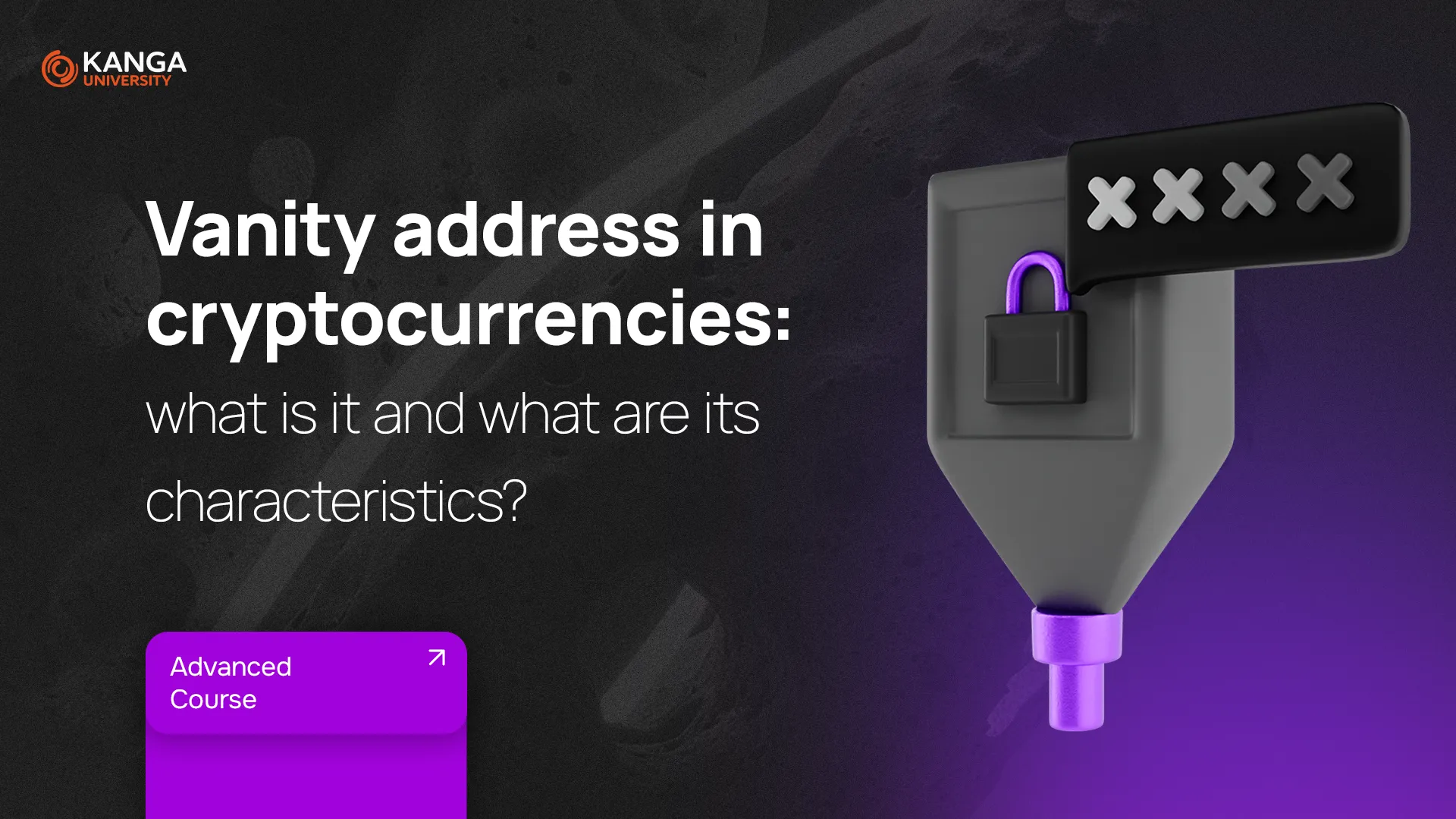
Most crypto wallet addresses look like random, unreadable strings of letters and numbers – hard to remember and impossible to recognize at a glance. But there’s a way to make your address personal, meaningful, and even a bit stylish. Enter vanity addresses – custom-made wallet addresses that look the way you want them to.
In this lesson, we’ll break down what vanity addresses are, how they’re created, when they’re useful, and what to watch out for when using them.
What Is a Vanity Address?
A vanity address is a crypto wallet address that contains a specific, user-defined sequence of characters – like a name, brand, slogan, or initials. Instead of a typical address like 1FfmbHfnpaZjKFvyi1okTjJJusN455paPH, you could have something like 1BitcoinForLife or 3CryptoSlawek.
These addresses:
-
Are easier to remember
-
Add a personal or professional touch
-
Work exactly like regular wallet addresses
They can be used to send and receive funds, and they don’t sacrifice functionality or security – if created the right way.
How Are Vanity Addresses Created?
Every wallet address is generated from a private key, which produces a public key, which in turn is used to generate the final address.
In the case of vanity addresses, this process is repeated hundreds of thousands – or even millions – of times until the result matches your desired pattern.
This requires significant computing power and time, especially if the pattern is long or complex. The longer and more specific your vanity prefix, the harder it is to find a matching address.
How to Generate a Vanity Address
You have three main options:
1. Generate it yourself, offline
This is the safest method. Using tools like VanityGen (an open-source tool), you can generate the address entirely on your own computer without internet access. This means no one else ever sees your private key.
2. Use open-source scripts
VanityGen is beginner-friendly and lets you search for specific patterns with a simple command. Using a GPU (graphics card) can drastically speed up the process. It might still take hours or days, depending on the complexity of the pattern.
3. Use an online service (not recommended)
There are websites offering to generate vanity addresses for you. While convenient, this method is insecure – you have no way of knowing whether the private key has been stored or shared. If someone else has access to your private key, they can steal your funds.
Are Vanity Addresses Safe?
Yes – if you create them yourself and keep your private key secure. When you control the generation process from start to finish, offline, there’s no risk of key exposure.
But if you let someone else generate the address, even just once, your private key could be compromised. And if someone sends crypto to a lookalike address (with just one letter changed), it may be gone forever.
That’s why it’s also important to:
-
Double-check the address before sharing or using it
-
Avoid addresses that look too similar to existing ones
-
Never reveal your private key to anyone
Use Cases for Vanity Addresses
1. Marketing and branding
Businesses often use vanity addresses with their name or slogan to increase trust and recognition in crypto payments.
2. Donations and fundraising
Nonprofits and creators use customized addresses to make it easier for people to donate and remember where they sent their funds.
3. Personal wallets
Individuals create vanity addresses with their nickname or initials for convenience or as a fun way to stand out.
Summary
Vanity addresses are a creative way to personalize your crypto wallet. While the generation process takes time and computing power, the result is a wallet address that’s easier to remember and truly your own. Just remember – security comes first. The safest way to get a vanity address is to generate it yourself, offline, and never share your private key.
Done correctly, vanity addresses combine functionality with style – and help you stand out in the world of crypto.